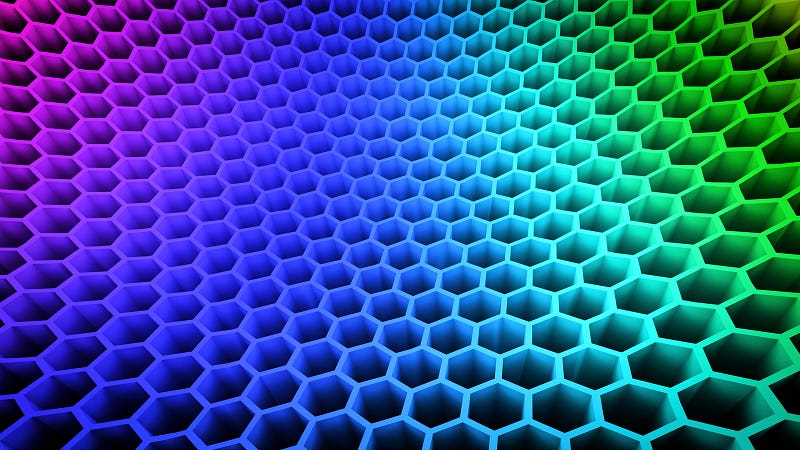Transforming Waste into Graphene: The Strongest Material Known
Written on
Chapter 1: The Marvel of Graphene
Recent advances have revealed a remarkable process that allows everyday waste to be transformed into one of the most intriguing materials known to science—graphene.

Graphene, a single layer of carbon atoms arranged in a two-dimensional lattice, is renowned for being the strongest material ever produced. Since its isolation by Andre Geim and Kostya Novoselov in 2004 at the University of Manchester, scientists have been captivated by its unique characteristics. This ultra-thin material boasts the highest strength-to-weight ratio, exceptional thermal and electrical conductivity, and remarkable flexibility. It can stretch up to 20% without breaking and is nearly transparent, making it suitable for applications in solar technology.
Despite its groundbreaking potential, researchers have faced hurdles in transitioning graphene from laboratory settings to practical use. The challenge lies in the production methods, which are often costly and inefficient. Traditional techniques, such as mechanical exfoliation and chemical methods, are labor-intensive and yield only small quantities at a time.
Fortunately, a team of chemists at Rice University has published a study presenting a novel approach to synthesizing graphene from various carbon-rich materials. Their innovative method can utilize “coal, petroleum coke, biochar, discarded food, rubber tires, and mixed plastic waste.” They aim to produce over 2 kilograms of graphene daily with this technique.
Section 1.1: The Flash Graphene Process
This new method, dubbed "flash graphene," is characterized by its rapidity. The researchers employ an electric current to heat a carbon-rich material to over 3,000 Kelvin in mere milliseconds using Joule heating. At such extreme temperatures, the molecules break down and vaporize, allowing the carbon atoms to bond with one another. The other constituents are expelled as vapor, which can be captured for reuse.
The key challenge remains in fine-tuning the temperature and timing. This process mimics the natural transition of carbon into graphene and then into graphite, its stable state, but accelerates it significantly. If the temperature or duration is excessive, the carbon will revert to graphite. However, if calibrated correctly, the process can be halted at the graphene stage.
Section 1.2: Benefits of Flash Graphene
In addition to its speed, the flash graphene process offers numerous advantages. It eliminates the need for costly and hazardous purification steps, allowing materials like old banana peels to be used directly. Furthermore, this method produces a purer and more manageable form of graphene. Traditional techniques often result in flawed graphene that is challenging to separate into layers, but flash graphene achieves 99% purity with a misaligned stacking configuration, facilitating easier layer separation.
Chapter 2: Addressing Environmental Challenges
As the planet faces a potential mass extinction due to human activities, the emergence of flash graphene presents a promising solution for managing waste materials like plastics and coal byproducts. If scaled up, this method could significantly mitigate humanity's environmental footprint.
Researchers have already identified several sustainable engineering applications for graphene. Incorporating graphene flakes into concrete, plastics, and metals enhances their strength and durability. For instance, graphene-infused concrete can yield an increase of up to 146% in compressive strength and 79.5% in flexural strength, potentially leading to longer-lasting structures and reduced carbon emissions from concrete production.
Graphene's versatility extends to the development of transparent and flexible solar panels, advanced batteries, supercapacitors for renewable energy storage, and effective air and water filters.
Given its vast array of revolutionary applications, graphene has long been hailed as a miracle material. However, widespread commercialization has been hampered by the complexities and costs associated with its production. The innovative flash graphene technique pioneered by researchers at Rice University, led by James Tour, is set to change this landscape, paving the way for broader adoption and helping to heal our environment.
The first video discusses how researchers can create graphene from waste materials, showcasing the potential of turning trash into a valuable resource.
The second video explores the groundbreaking discovery from Rice University regarding the transformation of trash into graphene, highlighting its implications for future technology.